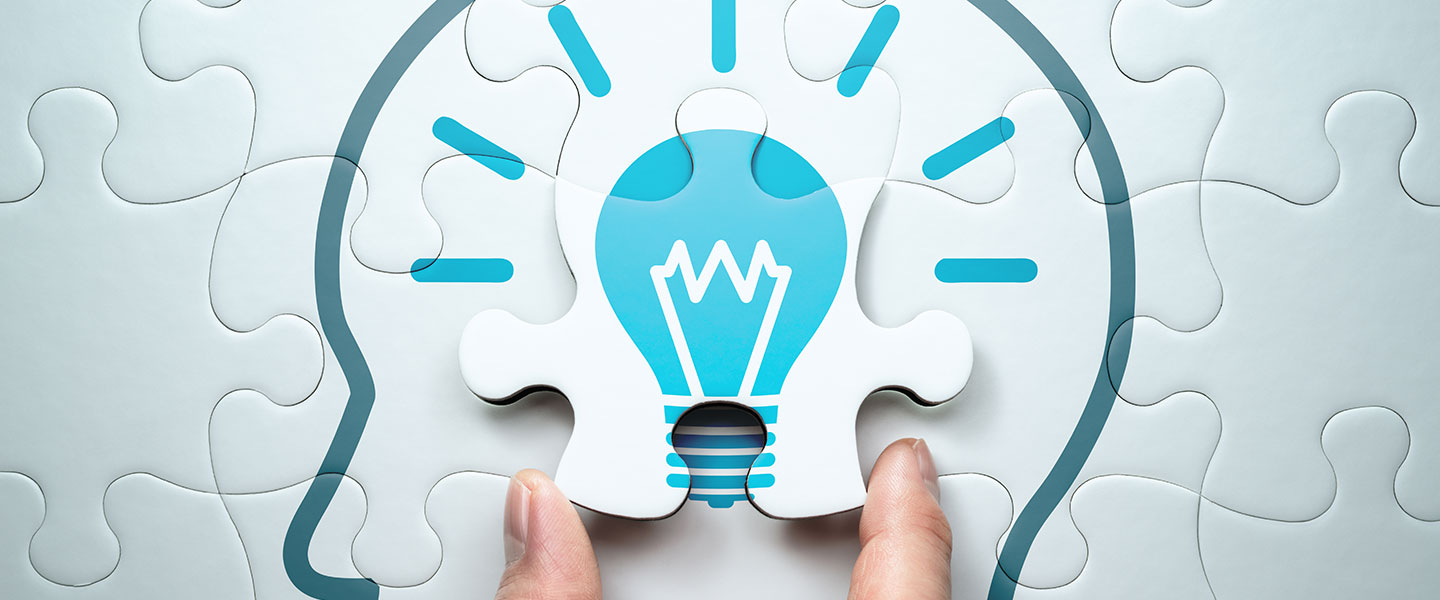
Struggling to Drive Change? Perhaps You Are TOO Logical?
Have you repeatedly explained to your CEO, boss, board or other stakeholders why a given change is the rational thing to do and yet people are still not buying into it?
It’s logical to use logic when trying to drive change, but sometimes it isn’t enough.
In fact, to get people to agree, you often have to appeal to their emotions as well. It's the feelings that drive most behavior and people are more likely to give you their commitment when they’re emotionally invested.

FIGHTING FIRE WITH FIRE
You need emotion because very often the reason people aren’t agreeing with your proposed change is emotional. People are naturally driven to be emotionally resistant to change.
Maybe it's because they have spent an enormous amount of time and money to set it up to work a certain way, and if you're going to change it, and they're going to feel like they're throwing away all the hard work that they did.
Maybe it's because it's just going to be a big nuisance and they just don't want to have to deal with a hassle like that.
Or maybe it's because they’d have to have to put their neck on the line in order to do it and they don't want to do that.
So this negative emotional resistance of fear or uncertainty has to be overcome with more powerful positive emotions.
SO HOW DO YOU DO THAT?
Here are some ways that I've seen work extraordinarily well in corporate environments to get teams emotionally engaged with the importance of making customer experience improvements.
CURATED CUSTOMER CALLS
I spoke to the CDO of one large retail chain that uses a very effective technique to get executives invested in improving specific areas of customer dissatisfaction. Every week they select calls recorded from the customer service call center that reflect specific customer experience problems that they want to create more awareness around, and they edit them into a 30-minute audio file.
Then, every week, they have a 30-minute meeting scheduled with many of the top executives of the company where they play the curated audio file.
The rule in this weekly meeting is there is no talking. Everyone comes in, they sit quietly, listen to 30 minutes of calls and then they leave. That's the entire meeting.
They don't allow solutions or discussions in the meeting partly because they want to get through as many calls as possible in 30 minutes but also because they don't want to hear the “why”—the excuses.
They just want everybody to internalize as they sit there listening to these challenges that customers are facing.
That 30-minute meeting spurs many other meetings. It gets people talking afterwards. What do you think about that? What's causing it? What are we going to do? How do we fix it?
It gets people engaged and committed when they hear the voice of a customer that is in pain.
But be discerning. If you are applying this technique, only play emotional evidence of the pain for those problems that really do make logical sense from a business perspective to address. Problems for example that occur with a reasonable amount of prevalence.
USER TESTING VIDEOS
A variation on this, that we use regularly in our consulting practice, is to play video clips from users testing sessions that show customers interacting with the company’s digital properties and which illuminate specific challenges that they are facing.
For example, we're often running research sessions where we ask customers to engage with a website or an app or some other kind of digital tool like a kiosk.
We ask them to try to complete a task, such as place an order, sign up for a loyalty program, return a product, or do a movie review.

And then we observe the process to see what parts they fly through and where they encounter any challenges.
That type of observational user testing can be very helpful in rooting out problems.
But when using just the data from the session to recommend improvements, you may find stakeholders skeptical. For example we did one project where we found customers were having trouble finding the “check out” button. It was right there on the page but they just weren’t seeing it. When we explained the problem to the business owners of the site who needed to fund the fix we were suggesting they were doubtful. They brought up the screen and made the logical point that the button is “right there!” It’s easy to see.
We then showed them a 5 minute video showing three different customers all struggling to find it and becoming emotionally frustrated because they couldn’t figure out how to check out.
They approved the change.
When you actually see what users are experiencing and get a sense of how those customers are impacted emotionally, you start to empathize and realize how painful you're making it for them.
You get a powerful two-punch effect from this type of research and video presentation. You understand exactly what's going on and how it's happening on the screen is impacting people emotionally.
MYSTERY SHOPPING
I once worked on the redesign of the booking process for a vacation resort.
We were asked to present the project vision to the CEO and members of the board.
We were given a brief time slot so we decided to just focus on showing them what the future booking process was going to look like.
We described and illustrated how, in the future, the customer was going to be able to automatically search across all of the company’s properties and easily book their preferred location, room and amenities.
We then demonstrated how if the customer wanted to make a change later, they could go back and modify their reservation with just one click. Simple and easy.
When we were done, the CEO didn't really look that excited. He said, “But isn't this pretty much how it works today?”
And of course, no, that was not at all how it worked. Customers had to search each property individually, amenities such as spa appointments couldn’t be booked online at all and if a customer wanted to make a change to an existing reservation they had to call the call center.

But, you know, most executives don’t really experience the shopping experience of their own properties. If these executives wanted a room at their own resort, they could just ask their assistant to book one.
So the point of mystery shopping is giving executives a situation where they are going to sit down and use the customer experience of their own company.
For example, in a workshop, we'll bring a bunch of executives together and give them a specific scenario that's appropriate to whatever their business does, to book a flight, make an appointment or purchase a product.
We then ask them to accomplish it as if they were a customer without the aid of their assistant, without any special favoritism.
I have done this many, many times and I can tell you that very frequently the response of executives and others is, “Oh, my God, I had no idea what it was like.”
When executives have to sit there and experience the problem personally, it gives them a connection to it.
Mystery shopping works in a lot of different types of customer experience. It works in call centers, on digital properties, and in physical stores.

Try to take someone to a physical store of their brand that they've not been to before and ask them to go find something, like a green extra-large sweatshirt that's all-natural fibers, or whatever the assignment is.
See how successfully they're able to accomplish it.
Is the store laid out in an obvious way? Is the signage in the store easy to follow? Are the associates helpful or not? Like any activity, we should have a sincere openness to learning whatever it is that we learn.
You might discover some things that are great about the existing experience. That's fine.
Creating a burning platform for change doesn't necessarily mean you have to prove that everything is horrible. That's not your goal.
But in fact, sometimes when a bunch of things are awesome and there's just a few things that are really pulling everything else down, it's even more motivating.
So those are three powerful techniques for those types of situations where even though there's a rational reason to do something, people just aren't totally getting on board because they're not emotionally invested.
The first two are all about making sure the key decision makers really empathize and understand the customer situation. I probably wouldn't use both—I would use one or the other depending on the situation. And then lastly, just having the experience yourself, being a real customer that gets the whole experience.
If you use these methods and then pair them with the logical, rational reasons, I strongly expect that people will be likely to want to fix the problem. So you want to make sure you have both.